BY WALTER OPINDE
On this day, June 12, 1963, Mississippi civil rights leader, Medgar Evers, was shot and murdered by Byron De La Beckwith, a member of the racist White Citizens Council. Evers was the Field Secretary for the NAACP in Mississippi. The assassination occurred just hours after President John F. Kennedy’s nationally televised speech on June 11, 1963, calling for a federal civil rights law. All-white juries twice failed to convict De La Beckwith of the murder. The case was reopened in the 1990s; however, De La Beckwith was convicted of murder in February 1994.
Evers Medgar, an African-American, was born on July 2, 1925, in Decatur, Mississippi. He was the third child among five children, including his famous elder brother- Charles Evers of Jesse (Wright), and James Evers. The Evers family owned a small farm, and James also worked at a local sawmill. In order to attend the segregated schools and earn his high school diploma, Evers walked more than twelve miles each day.
Medgar Evers Wiley served in the U.S. Army during the World War II, between 1943 and 1945. Later, in June, 1944, he was commissioned to the European Theater and fought in the Battle of Normandy. After the end of the war, Medgar was honorably discharged as a sergeant. By 1948, Medgar Wiley enrolled at Alcorn Agricultural and Mechanical College, a historically black college, which is today known as the Alcorn State University. He majored in Business Administration in his studies. Medgar competed and/or participated in the college debate, track teams, football, college choir, and also served as a junior class president. He later, in 1952, earned his Bachelor of Arts.
As a college graduate and a World War II veteran, Medgar became an active participant and member of the Civil Rights Movement by the 1950s. He became the Field Secretary for the NAACP (National Association for the Advancement of Colored People). Following the U.S. Supreme Court ruling of 1954 in the case of Brown vs. Board of Education that segregation in public schools was unconstitutional, Medgar worked hard to be admitted as an African-Americans to the University of Mississippi, a state-supported public university. He also championed the fights for voting rights and eradication of racial registration, access to public facilities, equal economic opportunities, alongside other demands for the changes within the segregated society.
Unfortunately, before he could successfully enjoy the fruits of his civil rights efforts and fights, Evers Medgar was assassinated by Byron De La Beckwith, who was a member of a group formed in 1954 to resist the integration of schools and civil rights activity, the “White Citizens’ Council”. As a veteran, Medgar was accorded with the full military honors during his burial at the Arlington National Cemetery. His murder and the consequential trials triggered a series of civil rights protests and riots, which were later followed by numerous works of art, films, and music reiterating his hard work and achievements in the fights for civil rights for the black community.
As a military veteran, Evers is buried at Arlington National Cemetery in Virginia. A statue in his honor stands outside the public library in Jackson, Mississippi. The airport in Jackson is named in his honor. Medgar Evers College in New York City is named in his honor.
Read more of the story via: http://www.history.com/topics/black-history/medgar-evers
Sources
Williams, Reggie. (2005, July 2). Remembering Medgar, Afro King – American Red Star, p. A.1. The Black Newspapers.
Evers-Williams, Myrlie; Marable, Manning (2005). The Autobiography of Medgar Evers: A Hero’s Life and Legacy Revealed Through His Writings, Letters, and Speeches. Basic Civitas Books.

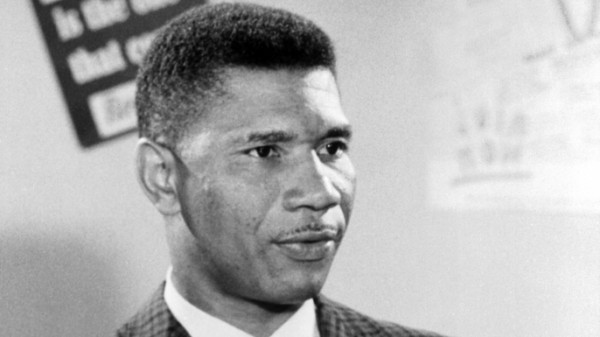



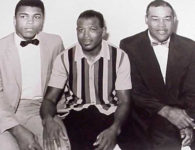

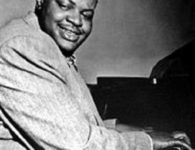
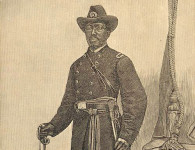
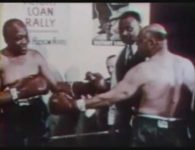
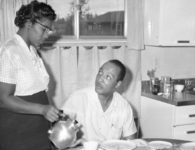





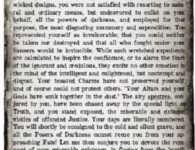
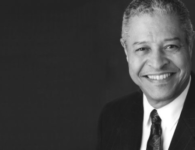
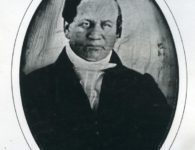


1 Comment
The article is very poorly written and has his name wrong a few times. Always proofread your work or have someone to do it for you!